It’s time for some cranberry, pumpkin, apples, and everything spiced! Sweater season is here which means we’re hungrier than ever. Want to know what food to cook this Fall? Keep on reading!
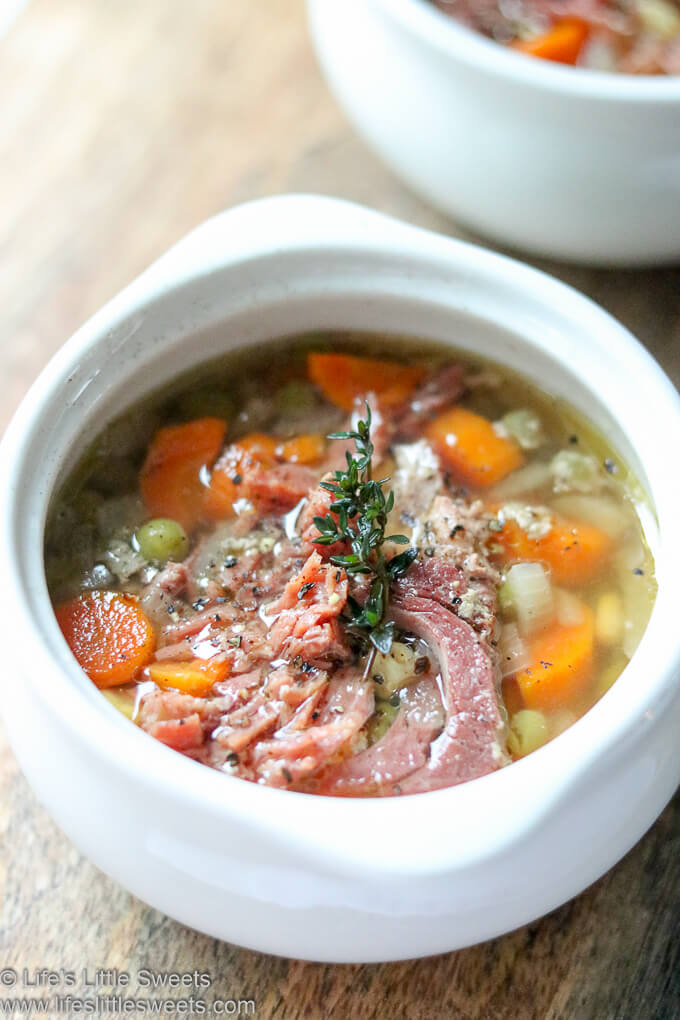
Omnivore loving vegan, gluten-free & beverage recipes

Fall Food Lists Recipes By Season
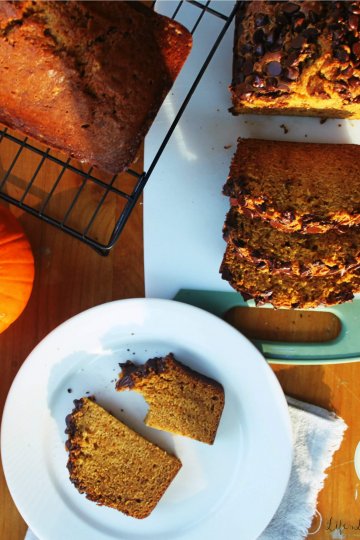
Any Season April August breads brunch recipes December Desserts Entertaining Fall February Food January July June March May November October Recipes Recipes by Diet Lifestyle Recipes By Month Recipes By Season September Spring Summer Sweet Vegetarian Recipes Winter
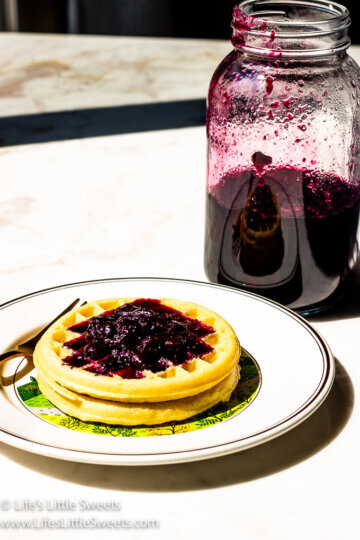
Any Season April August December Events Fall February Food January July June March May Northeast November October Recipes by Diet Lifestyle Recipes By Month Recipes By Season September Spring Summer Summer Solstice Sweet toppings USA Region Vegetarian Recipes Winter

Desserts Food July June Popular Recipes Recipes Recipes by Diet Lifestyle Recipes By Month Recipes By Season Summer Sweet Vegetarian Recipes
Sara is an architectural designer turned work-at-home Mom. She lives in New Jersey by way of New England and New York, with her husband and 3 kids under 8. She loves design, being creative, and spending time with family and friends. She loves checking out local businesses and eats and being apart of the local farm to table community. Continue Reading

It’s time for some cranberry, pumpkin, apples, and everything spiced! Sweater season is here which means we’re hungrier than ever. Want to know what food to cook this Fall? Keep on reading!
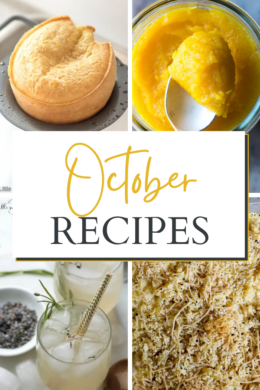
October means fall is upon us. This might be the season that you’re craving for some warm pies, pumpkin bread, and cold drinks — like wine for example. Or simply just some coffee or tea for those who don’t want to go in the alcoholic route.

Are you looking for some refreshing drink to beat out the hot summer heat or do you just want to try a few new dishes on the grill for July?
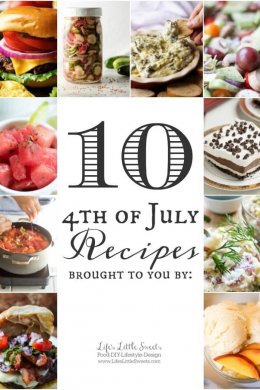
Here are 10 4th of July Recipes! We got you covered from savory family style main dishes, sides to sweet dessert options. *This post was originally published on 7/2/2018 and updated 6/23/2019 Hello Everyone! Independence Day, better known as 4th of July is upon us, so what are you making for this classic American holiday?...





This post may contain affiliate links. Please read my disclosure policy
Estimated reading time: 5 minutes
Have you ever heard of kohlrabi? It's a lesser-known vegetable that deserves a lot more attention. It may look like a turnip or cabbage, but kohlrabi has a unique taste and texture all its own. If you're looking to try something new in the kitchen, consider giving kohlrabi a try. In this article, we'll cover everything you need to know about this versatile vegetable.
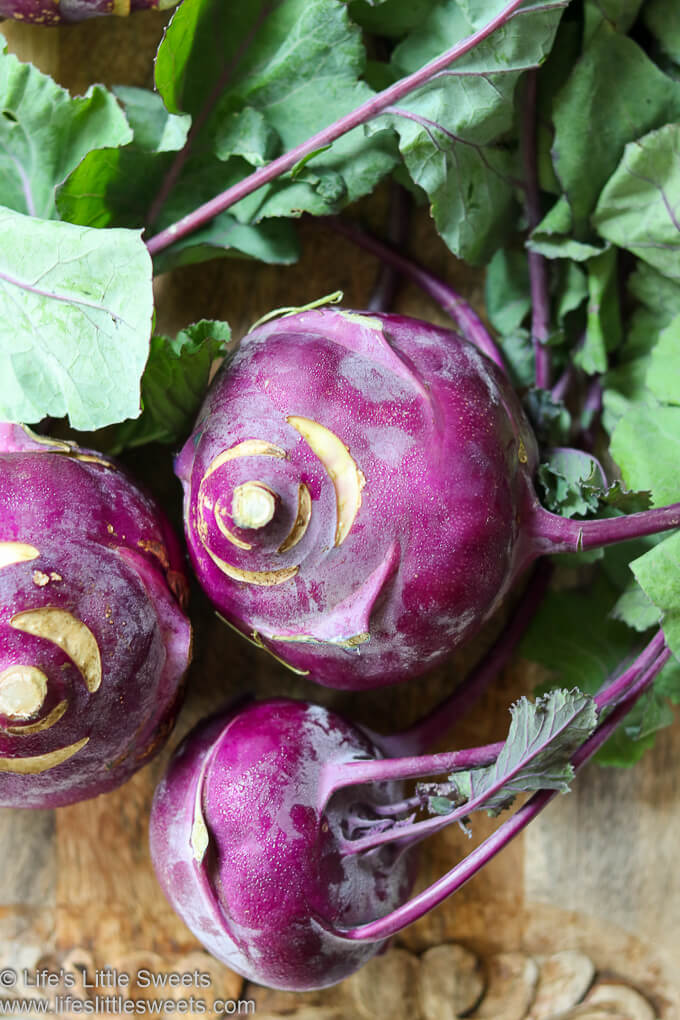
Kohlrabi is a member of the brassica family, which includes other vegetables like broccoli, cauliflower, and kale. It's often described as having a mild, sweet flavor with a hint of peppery spice. Kohlrabi is a great source of fiber, vitamin C, and potassium, making it a healthy addition to any diet.
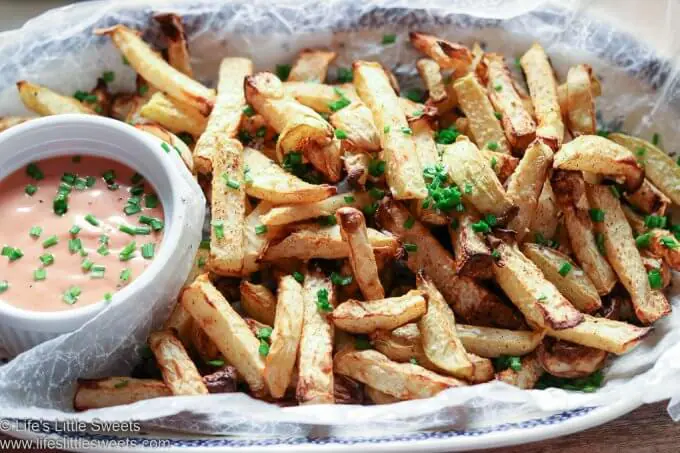
If you're a fan of kohlrabi, you might be curious about the history behind this unique vegetable. Kohlrabi has been around for centuries and has been cultivated all over the world. In this article, we'll take a look at the history of kohlrabi and how it has evolved over time.
Kohlrabi is believed to have originated in northern Europe, specifically in Germany. The word "kohlrabi" is derived from the German words "kohl," meaning cabbage, and "rabi," meaning turnip. The vegetable has been cultivated for centuries and was first documented in 1554 by a botanist named Leonhard Fuchs.
From Germany, kohlrabi spread throughout Europe and eventually made its way to North America in the early 1800s. It became a popular vegetable in both the United States and Canada, where it was grown in gardens and sold at local markets.
In the mid-1800s, kohlrabi made its way to India and became a popular ingredient in many Indian dishes. Today, kohlrabi is grown and eaten all over the world, from Europe to Asia to the Americas.
Kohlrabi has a number of different varieties, each with its own unique flavor and appearance. Some of the most popular varieties include:
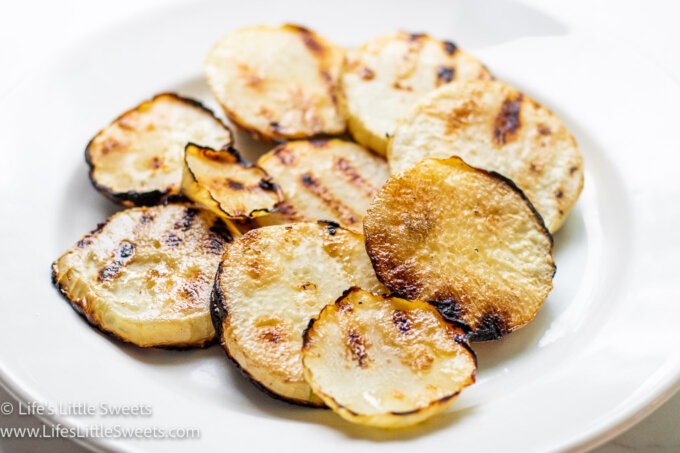
Today, kohlrabi remains a popular vegetable among health-conscious consumers and foodies alike. It's a great source of fiber, vitamin C, and potassium, and it can be used in a variety of different dishes. Whether you're grating it into a salad, roasting it as a side dish, or sautéing the leaves, kohlrabi is a versatile vegetable that's sure to impress.
Kohlrabi has a long and fascinating history that has spanned centuries and continents. From its humble beginnings in Germany to its global popularity today, kohlrabi is a vegetable that has stood the test of time. Whether you're a long-time fan or a newcomer to this unique vegetable, there's no denying that kohlrabi is a fascinating part of our culinary heritage.
When you're buying kohlrabi, look for firm bulbs with smooth skin. The leaves should be green and fresh-looking. You can store kohlrabi in the refrigerator for up to a week. If you're not going to use it right away, remove the leaves and store the bulbs in a plastic bag in the crisper drawer.
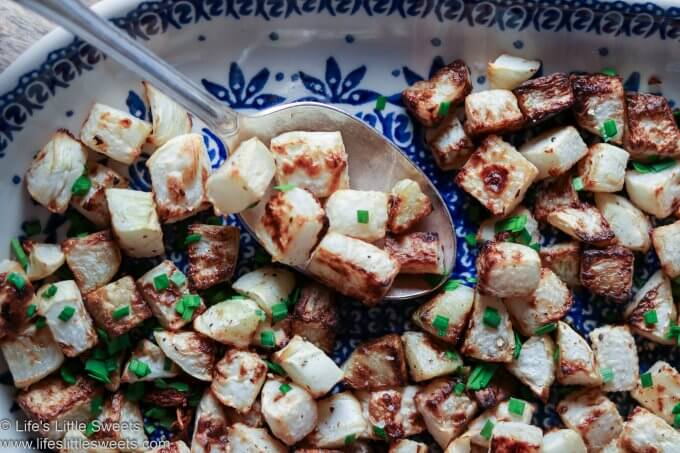
Kohlrabi can be prepared in a variety of ways. You can peel it and eat it raw, slice it and roast it, or grate it into a salad. The leaves are also edible and can be sautéed or added to soups and stews.
Kohlrabi is a versatile and underappreciated vegetable that's worth adding to your culinary repertoire. Whether you're roasting it, grating it into a salad, or sautéing the leaves, kohlrabi is a tasty and healthy addition to any meal. So next time you're at the farmer's market or grocery store, be sure to pick up some kohlrabi and give it a try!
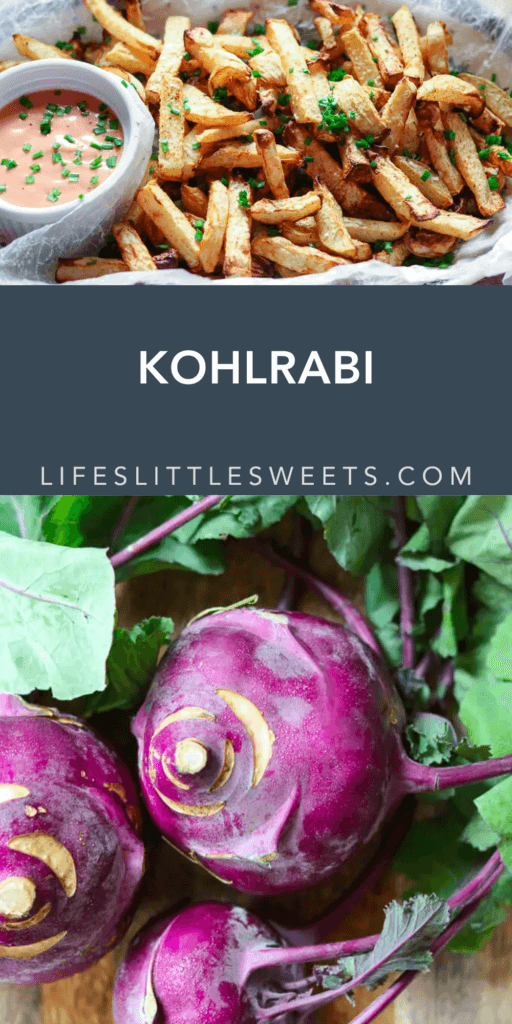
You must be logged in to post a comment.
This site uses Akismet to reduce spam. Learn how your comment data is processed.
Ella says
Thank you for the article. I read it with a great interest. Can kohlrabi be grown at home from a bulb?
Sara Maniez says
Hello Ella, Thank you for your interest in kohlrabi and for reading my article. I'm glad to hear that you found it informative.
To answer your question, yes, kohlrabi can definitely be grown at home from a bulb. It's actually quite easy to do and doesn't require any special equipment or expertise.
All you need to do is select a firm, smooth kohlrabi bulb, cut off the top leaving about an inch of stem, and plant the bulb in a pot or garden bed with the stem facing up and the bulb buried about 1 inch deep in the soil. Keep the soil moist but not waterlogged, provide plenty of sunlight, and maintain a temperature range of 55 to 75 degrees Fahrenheit (13 to 24 degrees Celsius). In about 45 to 60 days, your kohlrabi should be ready to harvest.
I hope this helps, and I wish you the best of luck in your kohlrabi growing endeavors! Kind regards, Sara